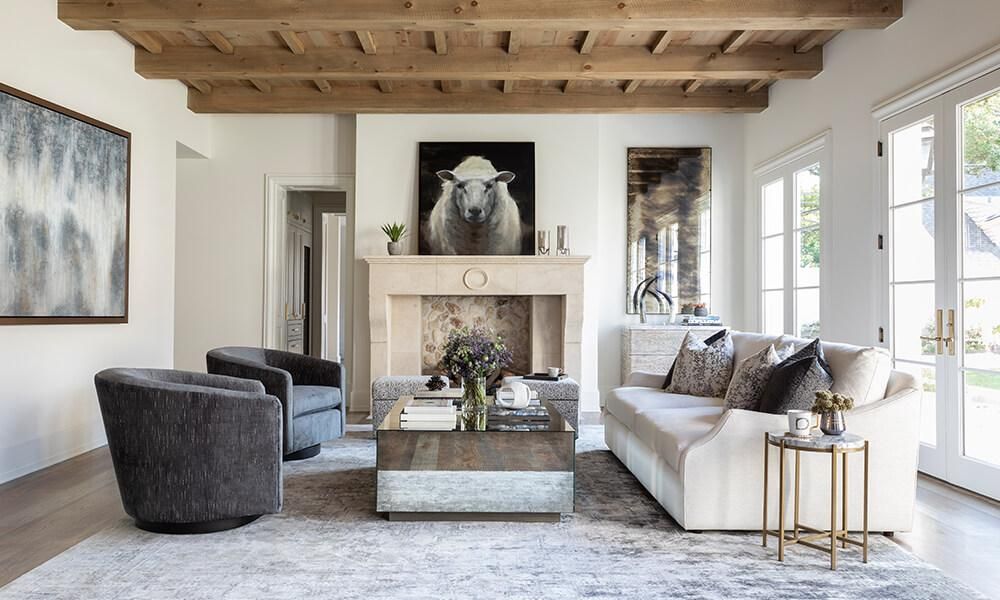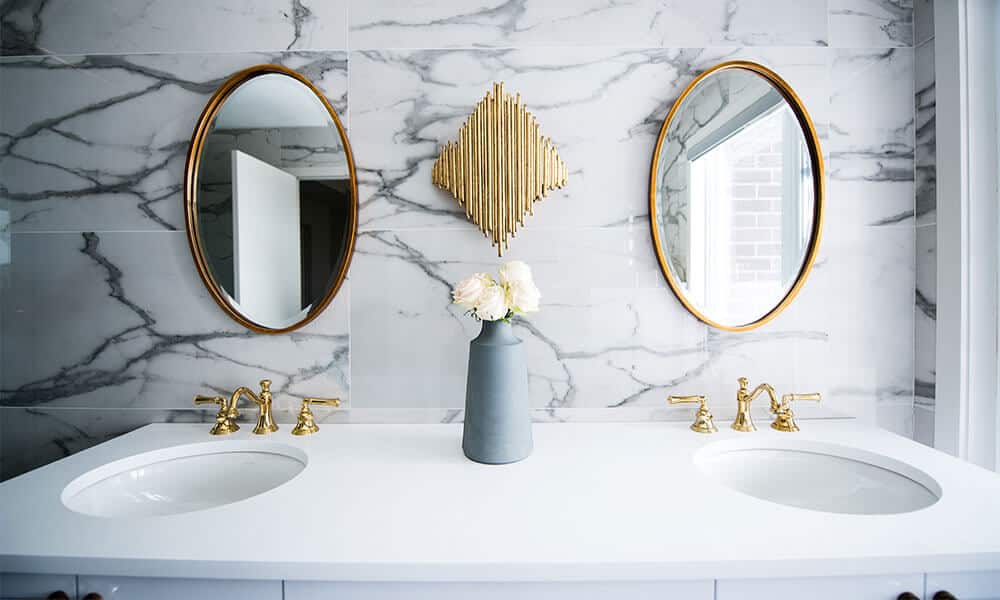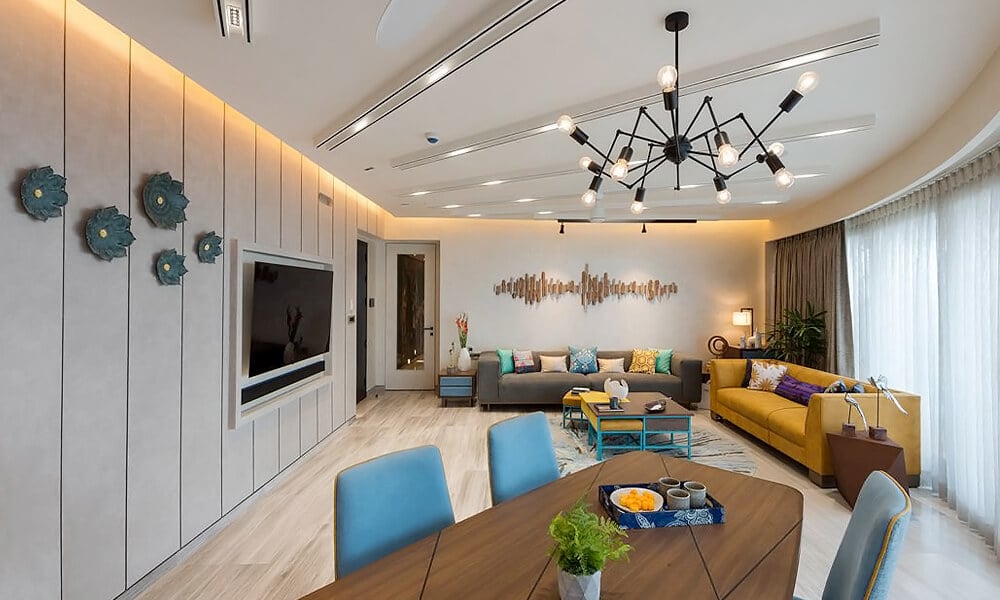Refurbishing a historic home in London begins with understanding its context. Each period in London’s architectural history has its distinct style, from the Georgian and Victorian eras to the Edwardian period and beyond. These homes were constructed using materials and techniques characteristic of their times, which are often not compatible with modern building standards and practices.
One of the primary challenges in refurbishing London historic homes is respecting their original design while updating them for modern living. This involves not just a superficial renovation but a deep understanding of the architectural and cultural significance of the property. It requires a careful balance between preservation and modernization, ensuring that any changes enhance rather than detract from the home’s historical value.
Navigating Regulatory Requirements
Historic homes in London are often listed buildings or located within conservation areas, subjecting them to stringent regulatory requirements. Any refurbishment project must comply with these regulations, which are designed to protect the architectural and historical integrity of these properties.
Navigating the London regulations can be challenging when doing house refurbishment. It requires liaising with local authorities and heritage bodies, obtaining necessary permissions, and ensuring that all work meets the required standards. This can add complexity and time to a refurbishment project, but it is essential to avoid potential legal issues and ensure the longevity of the property’s historical features.
Structural Integrity and Modern Standards
Historic homes were built to different structural standards than those in place today. This can pose significant challenges during refurbishment, particularly when it comes to meeting modern safety and building regulations. Issues such as outdated wiring, inadequate plumbing, and insufficient insulation are common in older properties and must be addressed during the refurbishment process.
Updating these elements to modern standards can be complex and costly. It often involves stripping back walls and floors to install new systems, which must be done carefully to avoid damaging the property’s original features. In some cases, it may also be necessary to reinforce the structure of the home to meet modern safety standards, which requires specialized knowledge and expertise.
Preserving Original Features
One of the most appealing aspects of historic homes is their original features, such as ornate plasterwork, period fireplaces, and sash windows. Preserving these features while modernizing the home is a delicate balancing act.
Restoration of original features often requires skilled craftsmanship and traditional techniques that are becoming increasingly rare. Finding the right professionals to carry out this work is essential to ensure that these features are preserved and restored to their former glory. In some cases, it may be necessary to replicate certain elements using modern materials and techniques, which requires careful planning and execution to ensure a seamless blend with the original fabric of the home.
Integrating Modern Amenities
Modernizing a historic home involves more than just structural updates. It also means integrating modern amenities to create a comfortable and functional living space. This includes updating kitchens and bathrooms, installing heating and cooling systems, and incorporating smart home technology.
Integrating these modern amenities into a historic home requires careful consideration of both aesthetics and practicality. It is important to choose solutions that complement the home’s original character while meeting the needs of contemporary living. This often involves bespoke design and custom-made solutions to ensure that modern elements blend seamlessly with the historic fabric of the home.

Energy Efficiency and Sustainability
Improving the energy efficiency of historic homes is a major challenge in the refurbishment process. These homes were built long before modern energy standards, and they often have poor insulation, single-glazed windows, and inefficient heating systems. Addressing these issues is crucial for reducing energy consumption and improving the home’s environmental performance.
There are several approaches to improving the energy efficiency of historic homes. These include installing insulation in walls, floors, and roofs, upgrading windows to double or triple glazing, and installing energy-efficient heating systems. However, these improvements must be done sensitively to avoid compromising the home’s historical features.
Sustainability is also an important consideration in the refurbishment process. This involves not only improving energy efficiency but also using sustainable materials and practices. For example, reclaimed or recycled materials can be used to maintain the home’s historical integrity while reducing its environmental impact. Similarly, traditional building techniques can be combined with modern sustainable practices to create a home that is both eco-friendly and historically accurate.
Addressing Common Problems in Historic Homes
Historic homes often come with their own set of problems that need to be addressed during refurbishment. These can include damp and mold, subsidence, and outdated services. Each of these issues requires a different approach and solution.
Damp and mold are common problems in older properties, often caused by inadequate ventilation and outdated construction methods. Addressing these issues involves improving ventilation, repairing damaged masonry, and applying damp-proofing treatments. In severe cases, it may be necessary to remove and replace affected materials.
Subsidence is another common issue in historic homes, caused by the movement of the ground beneath the property. This can result in cracks in walls and foundations, which need to be repaired to prevent further damage. Solutions for subsidence include underpinning the foundations, improving drainage around the property, and stabilizing the ground.
Outdated services, such as wiring and plumbing, are also common in historic homes. These need to be upgraded to meet modern safety standards and improve the functionality of the home. This often involves replacing old wiring and pipes, installing new heating and cooling systems, and upgrading the water supply.
Working with Professionals
Refurbishing a historic home is a complex and challenging task that requires the expertise of a range of professionals. This includes architects, builders, craftsmen, and specialists in historic preservation. Working with these professionals is essential to ensure that the refurbishment is carried out to the highest standards and that the home’s historical features are preserved.
Choosing the right professionals for the job is crucial. It is important to select individuals and companies with experience in refurbishing historic homes and a deep understanding of traditional building techniques. This ensures that the work is carried out sensitively and accurately, preserving the home’s historical integrity while meeting modern standards.
The Importance of Planning
Planning is key to a successful refurbishment project. This involves not only developing a detailed plan for the work but also considering the timing and logistics of the project. For example, certain types of work may need to be carried out at specific times of the year, and it is important to plan for any potential disruptions.
A well-planned refurbishment project will also include a budget and timeline, allowing for any unexpected costs or delays. This helps to ensure that the project stays on track and is completed to a high standard.
Case Studies and Success Stories
To illustrate the challenges and solutions involved in refurbishing historic homes, it is useful to look at case studies and success stories. These examples highlight the different approaches that can be taken and the results that can be achieved.
One such example is a Georgian townhouse in central London that was in a state of disrepair. The refurbishment project involved restoring the original features, such as the ornate plasterwork and period fireplaces, while updating the property to meet modern standards. This included installing new wiring and plumbing, upgrading the heating system, and improving the energy efficiency of the home. The result was a beautiful, functional home that retained its historical charm.
Another example is a Victorian terraced house that required significant structural work. The project involved underpinning the foundations to address subsidence, repairing damaged masonry, and updating the services. In addition, the original sash windows were restored, and a new kitchen and bathrooms were installed. The finished home was a perfect blend of historical character and modern convenience.
These case studies demonstrate the potential of historic home refurbishment projects and the importance of working with skilled professionals to achieve the best results.
Conclusion
Modernizing historic homes in London presents a unique set of challenges and opportunities. It requires a careful balance between preserving the historical integrity of the property and updating it to meet contemporary standards. By understanding the historic context, navigating regulatory requirements, addressing structural issues, preserving original features, and integrating modern amenities, it is possible to create a home that is both functional and full of character.
The expertise of a London Property Refurbishment Professional is invaluable in this process, providing the knowledge and skills needed to navigate the complexities of historic home refurbishment. With careful planning and the right approach, it is possible to transform a historic home into a modern living space that retains its unique charm and character.
For anyone living in Britain and considering the refurbishment of a historic home, it is important to be aware of the challenges involved and to seek the advice and assistance of experienced professionals. By doing so, you can ensure that your home is not only beautiful and functional but also a valuable part of London’s architectural heritage.
Sources: https://www.property-refurbishment-london.co.uk/residential-property-refurbishment-london 21 Ellis Street, London SW1X 9AL. 02038621978.




